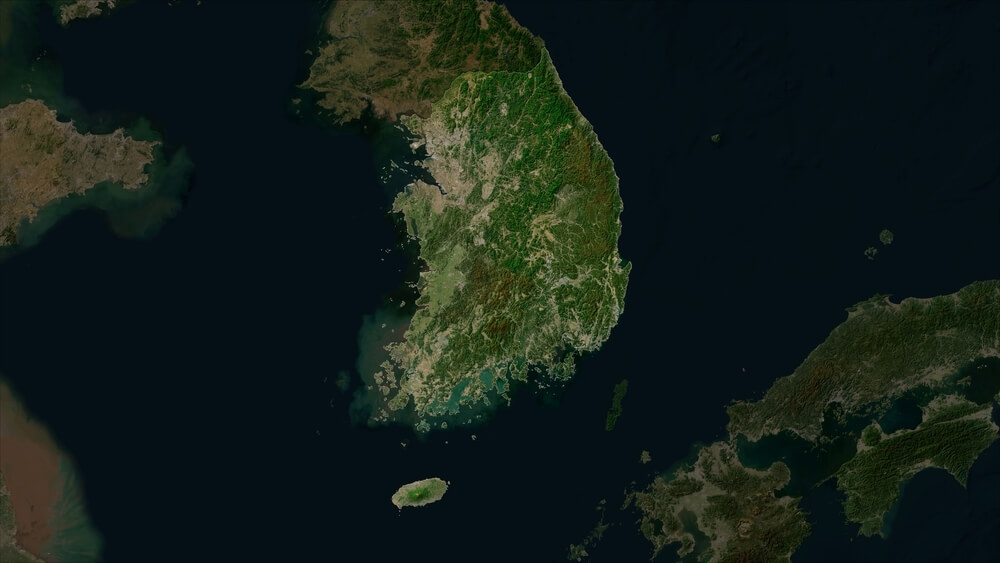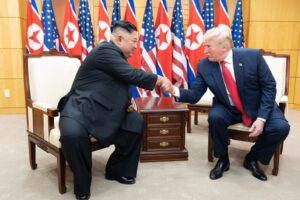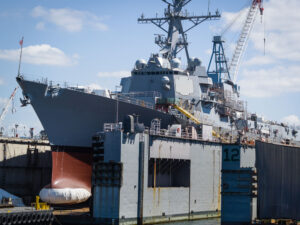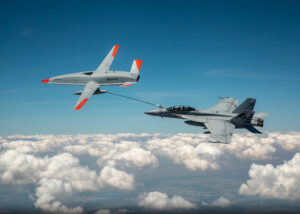South Korea has long viewed the transfer of wartime operational control (OPCON) from the U.S. as a marker of its military sovereignty. But in a dual contingency involving simultaneous wars in the Taiwan Strait and on the Korean Peninsula, such a shift might prove less a symbol of independence than a structural vulnerability. Timing, in this case, could outweigh symbolism.
China’s growing military assertiveness under Xi Jinping has made a Taiwan conflict seem less remote. Meanwhile, North Korea’s evolving arsenal of missiles, drones, and tactical nuclear weapons—sharpened by lessons from the Ukraine war—could tempt Pyongyang to strike when Washington’s attention is divided.
In this environment, the question of who commands the fight becomes more than a legal or political matter.
Currently, the Republic of Korea (ROK) military and U.S. Forces Korea (USFK) operate under the Combined Forces Command (CFC), led by a U.S. general with a South Korean deputy. This structure ensures seamless access to U.S. intelligence, joint planning and rapid force integration.
If the U.S. transferred OPCON, an ROK general would assume command of the future Combined Forces Command, with a U.S. general serving as deputy—while U.S. forces would continue to operate under U.S. national command authority.
While this arrangement works on paper during peacetime, it could slow decision-making and complicate alliance coordination during the unprecedented chaos of a dual contingency.
Potential advantages and drawbacks
Proponents of OPCON transfer argue that it would empower South Korea to exercise greater strategic autonomy. A ROK four-star general commanding the future Combined Forces Command could tailor warfighting responses to the peninsula’s terrain and threat environment, expedite decision-making during national emergencies and assert sovereign control over indigenous assets such as the Kill Chain and Korea Massive Punishment and Retaliation (KMPR) doctrines.
While Kill Chain is a preemptive measure intended to strike North Korean nuclear launch platforms before they are used, KMPR is a retaliatory measure designed to destroy North Korea’s command structure and leadership after it carries out attacks against South Korea.
This model would also reflect the maturity of a U.S. ally that now fields one of the world’s most technologically advanced militaries.
Yet under a Taiwan–Korea dual contingency, the drawbacks could prove acute. If the transfer were to occur in 2026, U.S. troops stationed in Korea—including key air assets at Osan and Kunsan or naval elements at Busan—would operate under a Korean-led structure, while remaining under U.S. national command authority.
This arrangement could complicate joint decision-making in a dual contingency. In such a scenario, it would raise key questions.
Would Seoul authorize the temporary deployment of U.S. fighter squadrons or missile defense units to reinforce a Taiwan Strait operation, knowing that North Korea might exploit the gap?
Conversely, would U.S. policymakers trust that their forces under a foreign-led operational framework could be rapidly retasked across domains or theaters without political hesitation?
These questions underscore the very real risk of command friction. China and North Korea are closely watching for alliance disunity. Kim Jong Un may interpret command asymmetries or delays in deployment as signs of U.S. disengagement. Xi Jinping, too, could exploit any ambiguity in allied responses—especially in the opening hours of a two-theater conflict, when deterrence relies on unity, not bureaucracy.
A safer path forward
OPCON transfer is not inherently detrimental. Over the long term, it could strengthen South Korea’s defense independence, enable faster national mobilization and symbolize the alliance’s evolution from hierarchy to partnership.
But timing is critical.
The hypothetical of a dual contingency—where both the Taiwan Strait and Korean Peninsula erupt within days of one another—should force defense planners to reassess whether command restructuring enhances or hinders deterrence.
In a 2023 simulation by the Center for Strategic and International Studies (CSIS), The First Battle of the Next War, even modest delays in allied coordination led to significant battlefield setbacks. Without a synchronized, interoperable command system stretching across both theaters, symbolic handovers risk becoming strategic liabilities.
Delaying OPCON transfer until after a joint trilateral crisis command mechanism is operational—one involving the U.S., Japan, and South Korea—may offer a safer path. Such a framework could allow multi-theater coordination without sacrificing sovereignty. Until then, preserving the current U.S.-led CFC ensures predictability in force posture, decision authority, and escalation control.
South Korea’s sovereignty is not diminished by maintaining the current CFC framework. On the contrary, retaining the existing structure in the face of dual threats ensures fast, unified responses and credible deterrence.
OPCON transfer remains a worthy long-term goal—but in an era of dual contingencies, pragmatism must prevail. Until the Indo-Pacific stabilizes or new crisis-tested command solutions emerge, alliance cohesion and operational clarity must take priority over symbolic milestones. For now, the existing command structure remains the stronger shield against the region’s worst-case scenarios.







